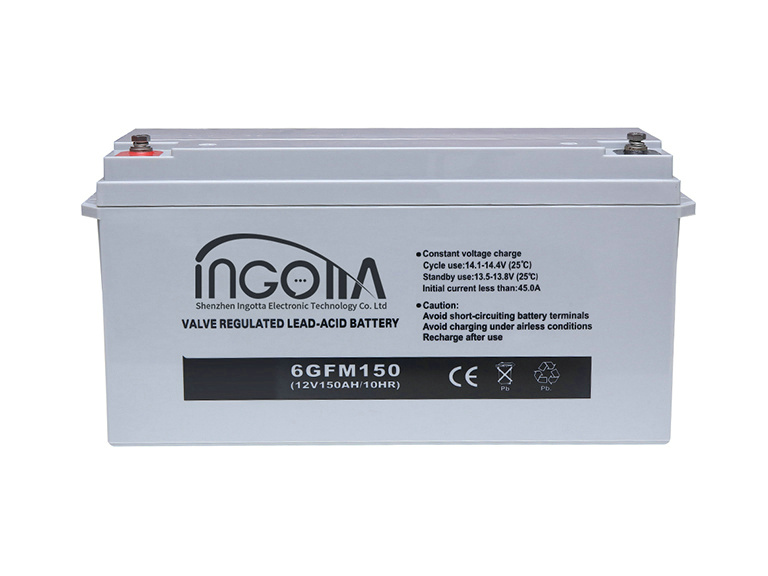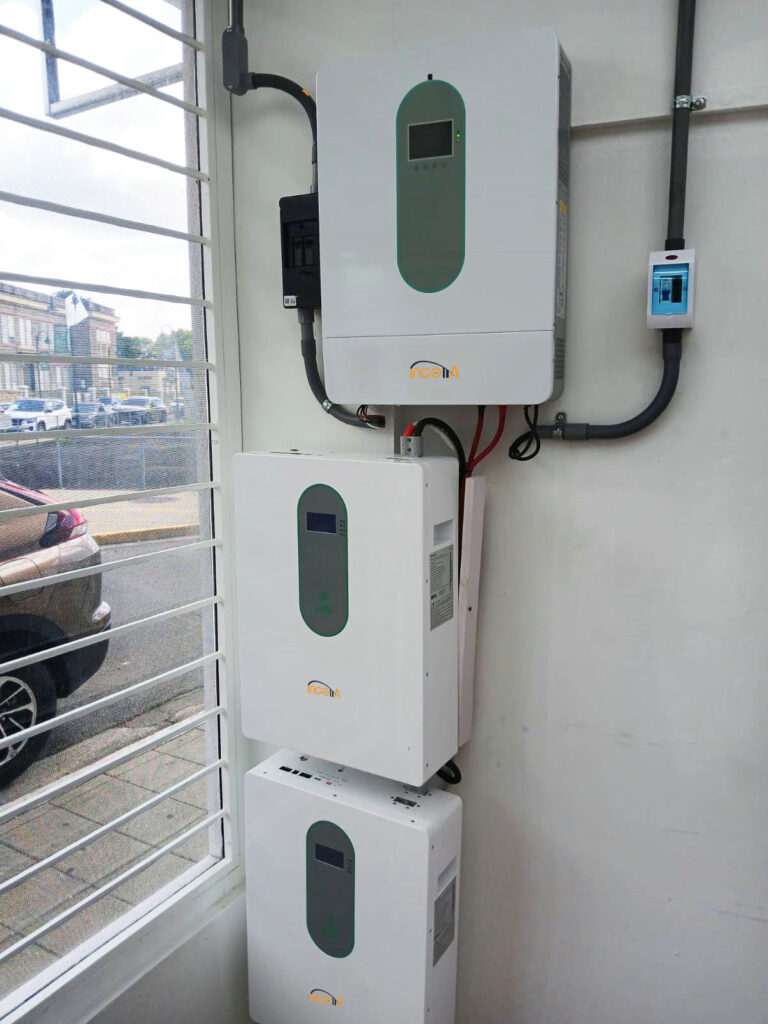- Charging
(1) To charge the lithium battery, a dedicated lithium battery charging head should be used. Lithium batteries are charged by “constant current power” batteries
(2) Battery charging working voltage: The charging working voltage of a larger battery is *n (n: the number of batteries charged in series)
(3) Current: The core of the optimal charging current of lithium batteries is the current design during constant current charging. Most portable lithium batteries should be designed to charge at 0.5C. Choose 1A charging, the rate type is 1200-1500mAh, and the 0.5C charging current is 0.7A. Strictly speaking, the maximum charging current of a lithium battery is determined by the battery structure. Therefore, various lithium battery manufacturers do not agree with this provision. Some are set to 0.6C, and portable lithium batteries are specified up to 1C.
(4) Battery charging temperature: the rechargeable battery should be at 0℃~45℃
(5) When charging the battery, pay attention to the heat dissipation of the secondary battery to ensure that there are no flammable materials around - Discharge
(1) Discharge current: The maximum discharge current of the lithium battery is 1C, the discharge current of the high-rate lithium battery is 4C, and the power battery is 10~20C.
(2) Discharge temperature: The rechargeable battery should be charged and discharged within the temperature range of -20°C to +60°C (during operation) - Storage
It should be stored in a dry, naturally ventilated room with a working temperature of -5°C to 35°C and air humidity not exceeding 75% to prevent contact with corrosive chemicals, prevent open flames and pyrogens, and prevent sunlight and penetration into water. and keep it out of the reach of children. Before storage, the battery power should be kept at 30%-50% of the allowable capacity. Also, it is recommended to charge the stored battery every 6 months. - Transportation
The rechargeable battery should be packed and transported in a box. During the entire transportation process, strong vibration, shock or extrusion should be avoided. Rechargeable batteries can be transported according to vehicles, trains, cargo ships, airports, etc.





